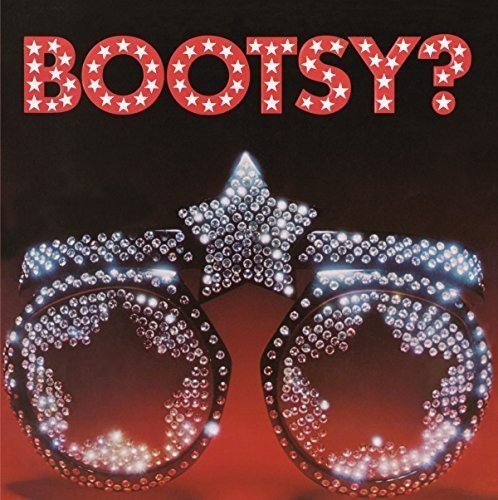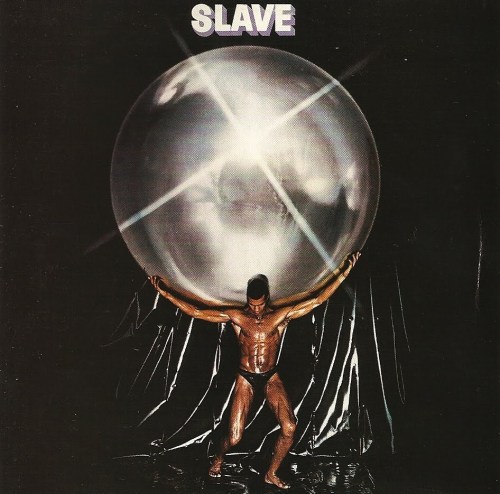
Prince Rogers Nelson arrived at the tail end of the 70’s-during the era when P-Funk and jazz funk artists such as George Duke (both his musical heroes at the time) were in the throws of their peak grooves. With Stevie Wonder having hit his peak, and Shuggie Otis having not quite reached it, Prince emerged as the barely 20 year old “wunderkind” from Minneapolis. As with a number of musicians before him, Prince was insistent on doing it all right from the get go. Writing,producing-even down to playing all the instruments. Musicians like Wonder before him had a decade of preparation to get to that creative independence.
Prince was apparently so confidant in what he was doing, he stipulated all of this in his recording contract before he got started. What is important on For You is that even in the very beginning, Prince wasn’t trying to change the face of music itself. He definitely had his musical influence. But he didn’t exactly where them on his sleeve either. Instead, he elected to integrate them into his own unique soul/funk style. This album introduced that style of music that would later be called the Minneapolis sound. With Prince playing all the instruments that sounds main trademark was the multi-tracking of synthesizers.
In the late 70’s, Prince’s arsenal of synthesizers included Oberheim’s, ARP’s and Polymoog’s. These were polyphonic instruments that allowed him to create his own heavily harmonized electronic soul symphonies. It’s sort of an extension on what Wonder did with TONTO earlier in the decade-only in a somewhat more cinematic style. Most of this album’s sound is built largely on harmony over rhythm:Prince at the drums and Prince playing guitar while his multi-tracked vocal and synthesizer harmonies fit very nicely into that rhythmic backdrop.
And even for that this album, especially for a debut, is very much a magical experience. Prince sings all the songs in his dreamily soulful falsetto voice. After the a capella title track,consisting of nothing but harmonized vocalizing we come to the almost trance like synth funk of “In Love” where we get the first of one of Prince’s famous lines “I really wanna play in your river”. The closest this album came to a hit single is the stop-and-start funk of “Soft And Wet” which contains what sounds like a pretty jazzy, improvised synth solo in the bridge of the song.
Prince always cited Joni Mitchell as an enormous musical influence on him and songs like “Crazy You” and “So Blue” with it’s water drums, fretless bass riffs and acoustic guitar riffs have roots very much in…say something like Hissing of Summer Lawns,an Joni album Prince exhibits a special fondness for. Both of these songs also possess a strong Brazilian jazz flavor at their core. The emotionally naked ballad “Baby” finds Prince baring his heart to his lover whom apparently learned she has become pregnant. His lyrical tone on the song also maintains a sensitivity in its earnestness.
“Just As Long As We’re Together” and the more mid tempo “My Love Is Forever” both have the strong Carlos Santana guitar sound that Prince always cited. And both would fit well sound wise on Santana’s late 70’s albums such as Inner Secrets or Marathon. And even more in that vein would be the fierce guitar fueled funk rocker “I’m Yours”. A lot of people have criticized this album for being both un melodic and boring. Those are two things this album definitely is not. As a matter of fact that may be why a lot of people don’t like it as much as later Prince albums.
The harmonics and melodies on this album are somewhat overwhelming at times. And the production of For You was apparently so elaborate, Prince blew the entire budget he was given on his first three albums on this one project. I’ve long speculated with friends that this reality might’ve led to the more famous stripped down variation of MPLS funk of Prince’s hit period. As with Bernie Worrell before him, Prince made the still relatively new synthesizer his own personal orchestra.. That factor was already so well established on this album, it’s more than worth a second notice.


:format(jpeg):mode_rgb():quality(90)/discogs-images/R-554882-1473247983-3008.jpeg.jpg)
:format(jpeg):mode_rgb():quality(90)/discogs-images/R-50494-1432669431-7738.jpeg.jpg)





